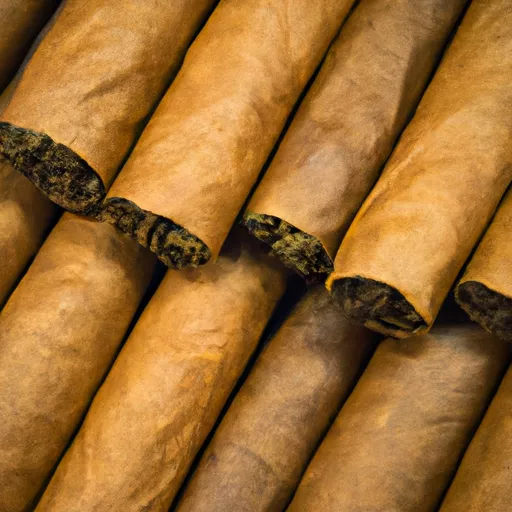the little cigars

As I sit here with a little cigar between my fingers, I can’t help but marvel at how these tiny cigarettes have become such a popular choice among smokers. While most people are familiar with traditional cigarettes, little cigars offer a unique and satisfying experience that sets them apart from their larger counterparts. In this article, I will delve into the world of little cigars, exploring their history, flavors, and overall appeal.
Little cigars, also known as cigarillos, are essentially small versions of regular cigars. They are usually made with a blend of tobacco and are wrapped in a tobacco leaf or a homogenized tobacco paper. Their size and blend make them a hybrid between cigarettes and cigars, possessing the flavor and strength of a cigar while being small and convenient like a cigarette.
The history of little cigars can be traced back to the 19th century when they were first introduced in Europe. They were initially marketed as a cheaper alternative to traditional cigars and quickly gained popularity among working-class individuals. However, it wasn’t until the mid-20th century that little cigars made their way to the United States. With the rise of cigarette taxes and anti-smoking campaigns, little cigars gained even more popularity as a budget-friendly and socially acceptable option for smokers.
One of the main attractions of little cigars is their variety of flavors. Unlike traditional cigars, which are often limited to natural or infused flavors, little cigars come in a wide range of flavors. From sweet and fruity to bold and spicy, there is something for every taste. Some popular flavors include cherry, vanilla, peach, and even chocolate. These added flavors make little cigars a popular choice among beginner smokers or those who prefer a milder and sweeter taste.
Aside from the variety of flavors, little cigars also offer a unique flavor profile compared to traditional cigars. Due to their smaller size, they burn at a higher temperature, allowing for a quicker and more intense release of flavors. This intense flavor experience is further enhanced by the use of a cigar cutter, which allows for a more even burn and a smoother smoke.
Another aspect that sets little cigars apart is their affordability. They are often sold in packs of 20, making them a cheaper option compared to buying a pack of cigarettes or a full-sized cigar. This affordability makes them accessible to a wider audience and a popular choice among budget-conscious smokers.
The smaller size of little cigars also makes them ideal for smoking on the go. Unlike traditional cigars that can take up to an hour to smoke, little cigars can be enjoyed in a shorter amount of time, making them a convenient option for busy individuals. They also emit less odor, making them a more discreet choice for those who prefer to smoke in public places.
While little cigars offer several advantages, there are also some concerns to consider. Due to their affordability and availability, they are often marketed towards young adults and beginners. This has raised concerns about the potential for these individuals to develop a smoking habit. Additionally, little cigars, just like any other tobacco product, can have detrimental effects on health if consumed excessively.
It is also worth noting that while little cigars may be a convenient and budget-friendly option, they still contain tobacco and, therefore, carry the same health risks as cigarettes and traditional cigars. It is essential to always consume these products in moderation and to be aware of the potential consequences of overindulging.
In conclusion, little cigars have become a popular choice among smokers for their unique flavors, affordability, and convenience. However, like any tobacco product, they should be consumed responsibly and in moderation. Whether you are a beginner smoker looking for a milder option or a seasoned smoker looking for a change of pace, little cigars offer a unique and satisfying experience that should be explored with caution.